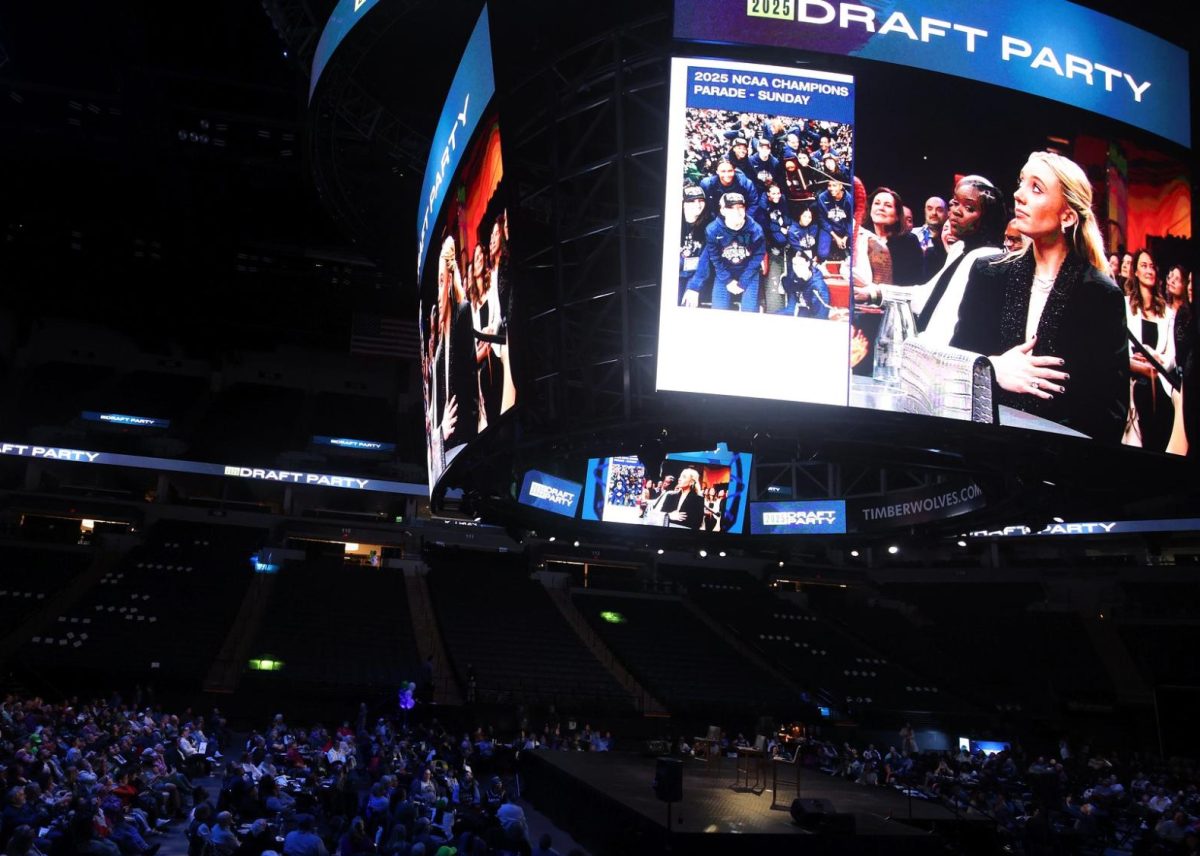In seventh grade English, we recently discussed white privilege. To kick off this lesson, we were asked to tally up points based on certain prompts that indicated privilege (“privilege math”). Among others, owning a computer, fitting in at school, and assuming you’d go to college would lead you to add points, whereas having busy parents and relying on public transportation would lead to subtracting them. It was clear that the fewer points one had, the less privilege one had. We also talked about how privilege relates to white privilege.
Therein lie the problems. First, the concept of white privilege is often confused with class privilege. Owning a computer is not necessarily a sign of racial privilege and the same for relying on public transport. Secondly, by tallying up points to indicate oppression or privilege, we create a hierarchy of victimization. This forces an undue burden upon the targets of this lesson: white students.
The accomplishments of underrepresented minorities should not be discounted. However, it is unacceptable to attribute a white person’s success solely to their race. I sincerely believe, and WIS has stated in the Community Handbook, that school should be a politically neutral institution. This lesson was inherently divisive, yet we were compelled to accept it as truth.
I have had many of these types of lectures throughout the year. No one ever questions them. This is part of the broader problem of anti-establishment bias by faculty. These types of highly controversial lessons must be revised and made neutral.
By Jonathan Gardiner































































